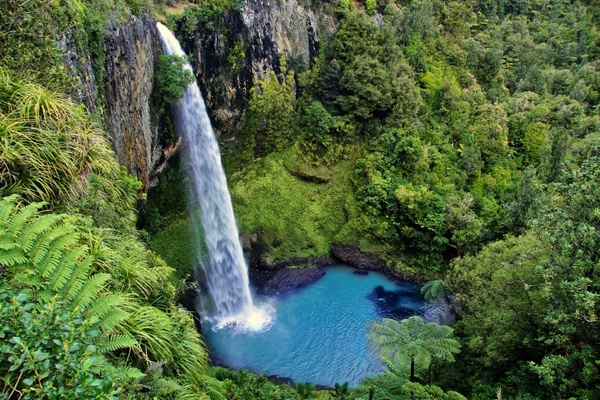
by Lorri | Sep 7, 2016 | UnCorked
New Zealand’s rise to wine fame can be traced to a single grape variety, sauvignon blanc, a phenomenal circumstance if you consider many of the commercial plantings are barely 30 years old. Over the past few weeks I have had the opportunity to retaste a few of my favorites.
The rise of New Zealand white wines’ popularity coincided with the world’s demand for fresher and lighter styles. Those familiar only with the over-oaked, heavy whites in many wine regions welcomed the refreshing unoaked, cool-climate style of this country’s wine. Today there are many more offerings than sauvignon blanc. This list now includes chardonnay, gewurztraminer, pinot gris and Riesling.
The terroir of New Zealand’s vineyards produces excellent white wines with fresh, zippy acidity but it’s also prized for a rich red wine with complex flavors, the pinot noir grape. It is one of the world’s most exciting hot spots for the pinot noir devotee. This grape is finicky and doesn’t adapt well when grown outside of Burgundy but New Zealand produces quality wines from pinot noir vintage after vintage. New Zealand’s restrained delicate pinot noirs offer a refreshing change from robust high alcohol pinot noirs produced elsewhere.
THE VALUES
- 2014 Monkey Bay Sauvignon Blanc, New Zealand (about $13 retail)
- 2014 Mohua Riesling, New Zealand (about $14 retail)
- 2015 Starborough Sauvignon Blanc, New Zealand (about $12 retail)
- 2014 New Harbor Sauvignon Blanc, New Zealand (about $13 retail)
- 2014 The Crossings Sauvignon Blanc, New Zealand (about $14 retail)
THE SPLURGES
- 2015 Kim Crawford Unoaked Chardonnay, New Zealand (about $22 retail)
- 2014 Wild Earth Pinot Noir, New Zealand (about $26 retail)
- 2014 Mt. Difficulty Roaring Meg Pinot Noir, New Zealand (about $25 retail)
- 2014 Spy Valley Sauvignon Blanc, New Zealand (about $17 retail)
- 2014 Oyster Bay Pinot Noir, New Zealand (about $20 retail)
- 2015 Villa Maria Sauvignon Blanc, New Zealand (about $17 retail)
- 2015 Dashwood Sauvignon Blanc, New Zealand (about $17 retail)
- 2014 Cloudy Bay Sauvignon Blanc, New Zealand (about $33 retail)
- 2013 Brancott Pinot Noir, New Zealand (about $17 retail)
- 2014 Kim Crawford Sauvignon Blanc, New Zealand (about $22 retail)
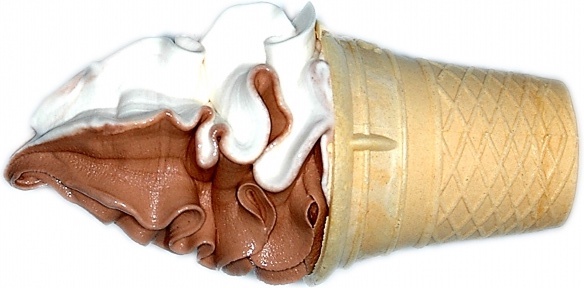
by Lorri | Aug 31, 2016 | UnCorked
Who says we can’t pair ice cream and wine? Experts have long preached that it’s the “impossible pairing,” generally because of the low temperature of the ice cream. But this week I set out to find the ideal pairings because our relationship with ice cream is changing quickly as summer comes to an end. There is just something about outdoor grilling, picnics and summer fun that ice cream completes. Some might even argue ice cream is a dessert of necessity. Take the same bowl of ice cream in winter and, though delicious, it often involves snuggling under a blanket around a fire. (Not so bad a situation but you get my point.)
The low temperature, sweetness, acidity and tannic structure are the misfits with wine and ice cream. Most wines have a good deal of acidity and the pairing sometimes can taste like you poured lemon juice over the ice cream. Tannin levels also are important because the delicate sweet notes of the dessert are often swept away by the dryness and bitterness.
Always up for a challenge, my exploration found these to fit the pairing guidelines, whether the wine/ice cream dessert is enjoyed outside on a sunny patio in these last days of summer or snuggled up in the winter cold.
Possibly my favorite ice cream pairing is vanilla with Pedro Ximenez (PX). Some like to have a glass of this wine while eating a scoop, but I think the best approach is to dive right in by pouring the wine over the ice cream. PX is a very sweet sherry from Jerez and Morilla Montilles in Spain.
Most of us love chocolate with any pairing, but add a semi-sparkling dessert wine and you possibly have perfection. The best is with a semi-sparkling wine showcasing a taste of red berries.
Butter pecan ice cream has rich toasty and nutty flavors that mimic most buttery oaked chardonnay styles. To make the pairing even more complex add crushed pecans as your topping.
As with almost all rose wines they match into most desserts but seem to excel with strawberry ice cream. Many rose wines have tastes of strawberries and raspberries pairing into the ice cream flavors.
THE VALUES
- 2014 Montes Classic Chardonnay, Chile (about $11 retail)
- 2014 Banfi Rosa Regale, Italy (about $16 retail)
THE SPLURGE
- 2014 Hogwash Rose, California (about $18 retail)
- NV Osborne Pedro Ximenez Sherry, Spain (about $27 retail)
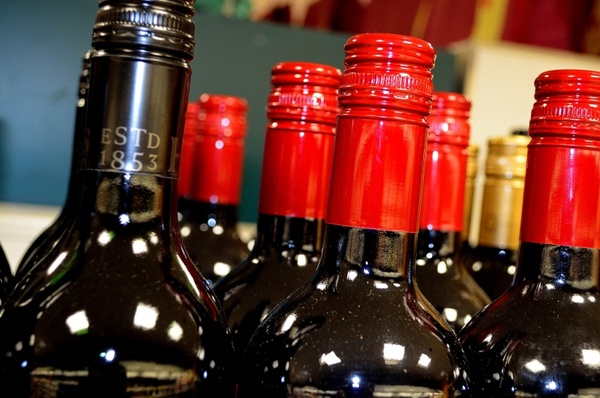
by Lorri | Aug 24, 2016 | UnCorked
If we judged wine based on what we see on the shelves at wine shops it would seem there are very few red grape varieties worth drinking. Cabernet sauvignon, merlot and pinot noir dominate the offerings in stores and on restaurant wine lists. And because of this strong presence many wine drinkers have a mistaken impression that the world’s other red grapes are inferior in quality and flavor. The good news is this simply isn’t true. There are many other red wines to explore.
Barbera is Italy’s second biggest variety but seems to get overlooked in the wine market. Because it’s a late ripener it can be very tart and astringent. But with careful harvesting it makes wines with lovely sweet plum and cherry flavors. It can be aged but the best time for drinking is when it is fresh and the most recent vintage.
Gamay is best known as the grape behind the famed Beaujolais wines of France. It can be made into a full-bodied wine but it really shines as the star of the famous Beaujolais Nouveau. Each year this wine is bottled and on retail shelves within months of production. This red wine is intended to be consumed within a year of bottling. It is truly a white-wine drinker’s bridge to trying red wines with its light taste of strawberries, raspberries and ripe cherries.
Pinotage is South Africa’s very own red variety. It’s a cross between cinsault and pinot noir. The name is misleading because most people assume it will have taste similar to pinot noir but oddly its taste is more in line with shiraz. In the past this wine was overproduced and had a bad reputation, but its image is changing. At its best it is a deeply colored red wine with layers of bold flavors of licorice, blackberry and plum.
Cabernet franc suffers from comparison to cabernet sauvignon. It generally shows up as a blending partner in Bordeaux wines. It is defined with its strong trait of perfume where even a drop added to a blend can change an entire wine’s aroma and flavors. It generally has fragrant aromas of black cherry and chocolate. Mostly seen in blends, there are a few brilliant bottles out there to explore this enticing wine.
Baga is a Portuguese grape, and its name meaning “berry” is an accurate description of this grape. It is a small thick-skinned grape that brings a tannic structure. If you like medium-bodied red wines similar to pinot noir and nebbiolo you will enjoy this wine.
THE VALUE
- 2014 Steller Organics Pinotage, South Africa (about $10 retail)
THE SPLURGE
- 2014 Louis Jadot Beaujolais, France (about $18 retail)
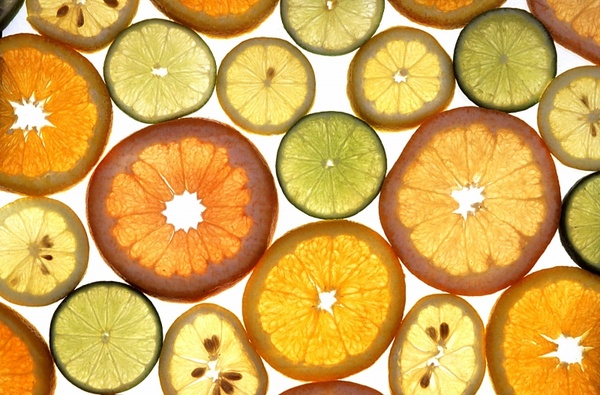
by Lorri | Aug 17, 2016 | UnCorked
The United States is seeing an all-time high in wine diversity. This is in part to consumers looking for more options, but also wholesalers and retailers charting the globe to bring us wines from widespread regions of the world. These wines are no longer seen as “other” on a restaurant wine list or pushed into an obscure section of the retail store. Once viewed as eccentric, they are gaining favor on the mainstream palate.
Albarino is one of the most distinctive white wine grapes in Spain. Its home is in Galicia, located in Spain’s rainy northwest corner, and in Portugal’s Vinho Verde region. In the past, the juice from this grape was usually blended with local grapes unfamiliar in the U.S. market such as Loureiro, Godello, Arinto or Treixadura. In the 1980s this grape’s full potential became reality, and producers began bottling this intensely aromatic wine on its own. It is refreshingly acidic and showcases aromas and tastes of peaches, apricots and almonds. The best versions of this grape come from the Rias Baixas region in Spain.
Vernaccia is a minor variety from Italy’s Tuscany region. Most of us are unfamiliar with this wine, and few even know it’s a grape. Wine from the Vernaccia grape was the first to be awarded DOC (Denominazione Origine Controllata, a quality assurance label for Italian products) status in 1966, before even the familiar and famous regions of Barolo and Brunello. This says a lot for a little known “other” on a wine list or retail shelf. This wine is refreshing, with a crisp acidity and a medium- to full-bodied style. Vernaccia is known for its abundance of flavors, the most common being white fruit, citrus and almond.
Portugal’s Vinho Verde is fresh, lively, zingy, zesty and bargain priced. That’s a lot to ask in a wine, but this one delivers. These wines are traditionally made from an unfamiliar listing of local grapes like azal, loureiro, arinto and treixadura. Vinho Verde is the largest of the regulated wine regions, stretching from the Spanish border to south of Oporto on the Atlantic coast.
THE VALUES
- 2015 Gazela Vinho Verde, Spain (about $8 retail)
- 2014 Laxas Albarino, Spain (about $14 retail)
- 2014 Broadbent Vinho Verde, Spain (about $11 retail)
THE SPLURGES
- 2014 Rocca delle Macie Vernaccia, Italy (about $18 retail)
- 2014 Vionta Albarino, Spain (about $19 retail)
- 2014 Mar de Frades Albarino, Spain (about $27 retail)
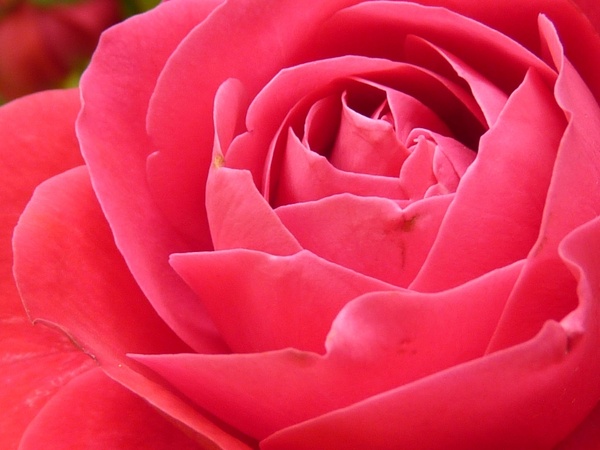
by Lorri | Aug 10, 2016 | UnCorked
If you’re a regular reader of Uncorked, you know of my love for the magnificent rose. And perhaps it is because I frequently profess my feelings that many have questioned my love of rose, wanting to know why I love dry rose so much. I generally will answer much like many of my past columns on the subject: It tastes great, is a versatile wine and matches well with almost all foods. But this past week when asked, I had a slow pause before answering and simply replied: because I live in the South and it’s hot.
A refreshing glass of chilled rose wine with its array of vibrant flavors is the perfect answer to what wine to drink on a hot day. In the past there were generally only a few styles on most retail store shelves (mostly very sweet styles), but today a whole range of rose is available in local shops with some stores having entire sections devoted to rose wines.
As with any style of wine there are different types based on the grape variety used in production. Rose wines range in color from light pink to a deep salmon. But based on the grape used for production, the styles can have many different tastes, some similar and others distinctly different.
MALBEC
Malbec red wine is growing in popularity as more consumers become familiar with it. The same can be said of malbec rose. When creating a rose wine the winemaker will let the juice soak on the skins of the red grapes for a very short time. The malbec grape is known for its juicy powerful skin and the rose styles reflect this with a fuller body and with tannic structure more so than other roses. A malbec rose is a crowd-pleaser, easy to drink and pairs with most proteins traditionally only thought to match with red wines.
THE VALUE
- 2014 Domaine Bousquet, Argentina (about $9 retail)
THE SPLURGE
- 2014 Calcu Rose, Chile (about $15 retail)
PINOT NOIR
Pinot Noir is a finicky grape to grow; it is very sensitive to a region’s climate, soil and overall location. But this finickiness is also why we love the unique qualities of pinot noir with its elegant and powerful flavors when produced as a red wine. When a winemaker chooses to turn the grape into a rose, it showcases the same unique qualities and divine tastes. The flavors of this rose are usually cherry, raspberry, spice and bright berries.
THE VALUE
- 2014 Elk Cove Pinot Noir Rose, Oregon (about $17 retail)
THE SPLURGE
- 2014 Calera Pinot Noir Rose, California (about $25 retail)
GRENACHE
Grenache, also known as Garnacha in Spain, is ideal for producing rose wines because of its low tannin and acidity. It almost always shows flavors of strawberry, raspberry, watermelon and sometimes lemonade.
THE VALUE
- 2014 Penya Rose, France (about $12 retail)
THE SPLURGE
- 2014 Chateau d’Aqueria Tavel, France (about $24 retail)
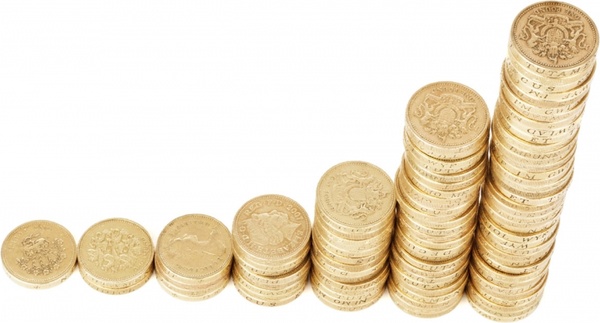
by Lorri | Aug 3, 2016 | UnCorked
We all have wines we consider great values of exceptional quality that we enjoy day after day. Some call them “everyday drinking wines,” others, their “house wine.” I smiled when a friend used, “sip-with-pizza-on-a-Tuesday-night wines.” But I must say my favorite is, “Soldiers protecting the rare bottles in my cellar to not be carelessly consumed.” All consumers have a price point tailored to their budgets for these wines, but I’ve found for most, $15 is ideal.
I enjoy exploring wines in this category, and I’m rarely disappointed. But I always keep a few tips in mind.
- Don’t judge just by price. Ask for recommendations from reliable sources and let your tastes guide you. Don’t choose wines simply because the price tag looks like a bargain. If it’s not a varietal you like, the lower price isn’t going to make it taste better. A reputable wine retailer will mark down wines at clearance prices to pass the discount on to the customer, not because they are outdated and need to be sold.
- Buy the most recent vintage. A 2008 rose wine was intended to be enjoyed fresh or up to a about year old, so finding it at $8 in the mark-down bin is no bargain. Most value wines are generally not intended to age, and actually lose freshness as they age.
- All wine, regardless of price, should offer balance reflecting the elements from which it is made. For a white wine it may simply be its taste and the balance of acidity that assures freshness. For reds it may be the balance of tannin; too much leaves your mouth dry and exhausted; too little is much like drinking Kool-Aid.
THE VALUES UNDER $15
- 2015 Simple Life Pinot Noir, California
- 2014 Sean Minor Sauvignon Blanc, California
- 2015 Picpoul de Pinet, France
- 2014 HandCraft Pinot Grigio, California
- 2015 Tercos Torrontes, Argentina
- 2014 Vinum Cellars Chenin Blanc, California
- 2014 Castillo de Monseran Garnacha, Spain
- 2014 Black Ink Red Wine, California
- 2013 Sawbuck Cabernet Sauvignon, California
- 2015 Ecco Domani, Italy
- 2015 McNab Rose, California
- 2015 Oyster Bay Sauvignon Blanc, New Zealand





